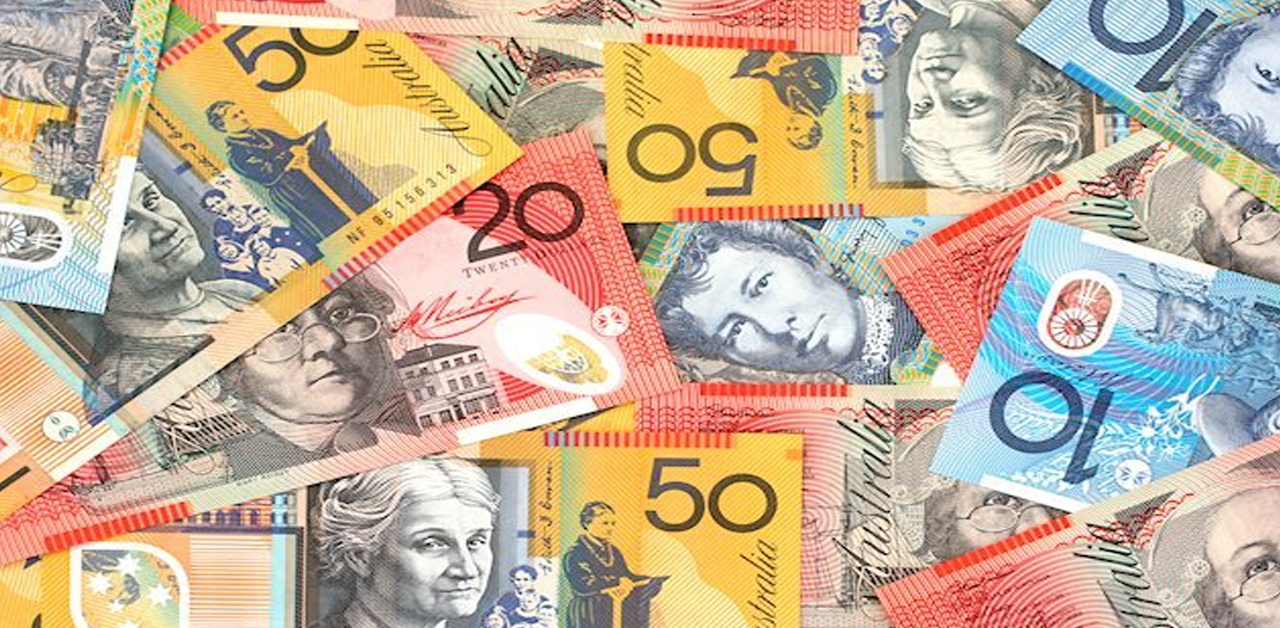RBA Board to Pause Again at its May Meeting
The Reserve Bank Board meets next week on May 2.
Following the release of the March quarter inflation report Westpac now expects the Board to extend the pause it instigated at its April meeting to the May meeting.
This decision comes despite the likelihood that the FOMC will announce its decision to raise the federal funds rate by 0.25% to 5.125% two days after the RBA meeting (see below). However, as with the RBA, we expect this decision to mark the peak of the cycle.
We have always argued that May is likely to be the peak of the tightening cycle, so we are now lowering our forecast for the peak of the policy rate from 3.85% to 3.6%.
Given the uncertainty about the current outlook and the need to contain inflation expectations, it is almost certain that the Board will maintain its clear bias toward tightening. However, as 2023 progresses, the credibility of this tendency is likely to fade.
In his recent speech on April 4, the Governor justified the April pause by saying that it: “gives the Board more time to assess the economic outlook and the impact of past rate increases.” He added that: “This approach is consistent with our practice in previous interest rate cycles. to move interest rates multiple times then wait for a while to assess the pulse of the economy and move again if the situation warranted doing so.. it is a return to that world.”
The key information available between the two meetings has been around the labour market and inflation.
The employment report for March was relatively strong, suggesting that unemployment will remain near the 50-year low for now. Given that the Governing Board is aiming to bring inflation back to its target while maintaining the employment gains of recent years as much as possible, this would not necessarily be considered ‘bad news’ if there were satisfactory progress toward the inflation target.
The Governor describes the inflation objective in terms of reaching the top of the of the 2–3% target range by mid-2025.
This trajectory is laid out in bank forecasts in the February Statement of Monetary Policy (SOMP). These will push median inflation down from 6.9% in December 2022 to 6.2% in June 2023, and headline inflation from 7.8% in December 2022 to 6.7% in June 2023. decreased.
These forecasts imply an expectation that the March inflation report would print at around 6.5–6.6%yr for trimmed mean and 7.2–7.3%yr for headline inflation.
It seems highly unlikely that the latest staff forecasts, due at the May Board meeting, will indicate that the inflation target will need to be met any further later. from the board.
Instead, staff forecasts for government spending and GDP growth are likely to be revised down somewhat in 2023, supporting the view that there is room for a pause (see below).
The March quarter inflation report reported a trimmed average of 6.6% y/y and headline inflation of 7.0% y/y. The trimmed average path is as expected, but the heading looks slightly lower than expected.
This adjusted average result contrasts with the bank’s full-year return of 6.5% compared to the December quarter’s full-year return of 6.9%.
If the inflation outcome is consistent with the bank’s projected path to ultimately achieving its inflation target, the Board should allow more time to further assess the cumulative impact of tightening by 350 basis points. It may take. This includes assessing the impact of delays on approximately 35% of mortgages moving from fixed rate to much higher floating rate terms in the next year or so. In this extraordinary cycle, just because the RBA puts a hike on hold doesn’t mean it’s over.
Comments in the RBA Governor’s ‘back to this world’ speech suggest further decisions will be linked to quarterly inflation reporting. Monthly indicators of inflation are useful, but do not provide a basic measure of inflation, and a reliable link between monthly and quarterly headlines has not yet been established.
Expect these ‘milestones’ to be easily achieved, given the banks’ quarterly forecasts for June of an adjusted average of 6.2% and headline inflation of 6.7% for the year. In fact, our own projections see headline inflation falling to 4% by his December 2023.
In fact, lower growth and inflation mean that the need for further tightening will be significantly reduced in the second half of 2023.
Has been arguing for the past six months that the high point of the current cycle will be his May board meeting. Rather than relying on forecasts, the current situation of record-low unemployment and very high inflation led us to raise rates for the final 25 basis points in May, favoring a peak of 3.85%. Given the risks, we still believe this is the better policy approach, but it does not appear to be consistent with the Board’s intentions.
With the 3.6% upper bound as we currently expect, there are upside risks to growth and inflation profiles in H2-2023, but downside risks to the H1 forecast also appear.
These upside risks are also related to the recently revised view that the housing market is stable and that immigration is pouring in.
On the downside, our already very weak profile for household spending may see a further downgrade given the prospect of a contraction in real retail sales in the March quarter. We are currently forecasting annual household spending growth to slow to 1.8% in the year to the June quarter and 0.7% in calendar 2023.
We currently forecast growth at 1% for 2023 with headline inflation at 4%.
These dynamics – materially below-trend growth and inflation closing in on the top of the inflation target – would be consistent with a rate cut cycle beginning in the March quarter. The upside risks to the growth and inflation outlook in the second half of 2023 raise the possibility that the rate cut cycle may begin somewhat later, although this is balanced somewhat by downside risks to our near-term profile.
With the uncertainty around next week’s meeting, we will review these issues in light of the Board’s decision next week.
Revised forecasts in the Statement on Monetary Policy
In his April 4 speech the Governor gave considerable attention to household spending. He revealed the Bank’s forecast for spending growth in the March quarter of 0.2%qtr. That implies a likely downward revision to the February SOMP forecast for household consumption over the year to June 2023, from 2.5% to 2% or less. Household consumption growth for calendar 2023 could be lowered from 1.7% to 1% or less, in turn implying a possible downward revision to GDP growth in 2023 from 1.6% to 1.3-1.4%. At the margin these numbers will also have to incorporate a higher profile for population growth.
Conclusion
The inflation report is in line with the Board’s path to achieving its stated objective of having inflation back at the top of the 2–3% target by mid-2025. This provides the Board with further scope to extend the pause we saw in April.











